Sales taxes are levied by percentage on finished products at the point of sale, but the rules and rates can vary significantly by jurisdiction. Only four U.S. states — Delaware, New Hampshire, Montana and Oregon — have no sales tax. Alaska has no statewide sales tax but allows local governments to levy their own. Rates can differ widely; for instance, California’s sales tax is 7.25% while Louisiana’s combined state and local taxes average 9.55%.
For small business owners, understanding sales tax obligations — including what’s taxable, how the tax is computed and how it is reported and paid — is critical to meeting compliance requirements.
Sales tax rules and exemptions
Sales taxes generally apply to the gross receipts from a sale, meaning the full amount received from the purchaser, not the seller’s net profit. The legal responsibility for paying sales tax typically falls on the buyer, but sellers must collect and remit the tax to the state.
Historically, sellers were required to report and remit sales tax in any state where the business had a physical presence. However, sellers are now required to collect and pay sales tax if they make a certain number of sales (generally calculated by dollar amount or number of transactions) even if they don’t have a physical location in that state. These so-called economic nexus rules allow states to tax online and remote sales.
To collect sales tax, businesses need a license or a seller’s permit, which includes a state-issued identification number. Sellers must accurately track taxable sales, calculate the correct taxes and file returns with payments on a schedule determined by their sales volume (monthly, quarterly or annually). Local governments may add additional taxes, further complicating compliance.
In recent years, many states have expanded their sales tax rules to include leasing transactions and some services.
Most states offer exemptions based on the type of item sold, the service provided or the purchaser’s characteristics (e.g., tax-exempt organizations).
Sellers are responsible for knowing what is taxable, the applicable rates and the proper handling of tax-exempt sales.
Interestingly, the U.S. is one of the few developed countries to use conventional sales taxes. Other developed countries use value-added taxes, which are applied at each production stage. While VATs provide a consistent system, critics argue that they can create cascading taxes, where taxes are applied on top of previously taxed amounts.
Challenges to compliance
Some small businesses (or their customers) assume that buying goods in a state without sales tax will make them exempt from their home state’s sales tax. However, regulations usually require a use tax to be applied to those purchases. A use tax complements sales tax and applies to the use, storage or consumption of goods purchased without paying the home state’s sales tax, ensuring that in-state and out-of-state purchases are taxed equally.
Automation tools can help manage compliance, reducing errors caused by shifting sales channels or expanding operations.
Sales tax compliance requires vigilance. Businesses must monitor rule changes at the state and local levels and work closely with tax advisers to stay informed and compliant.
©2025


